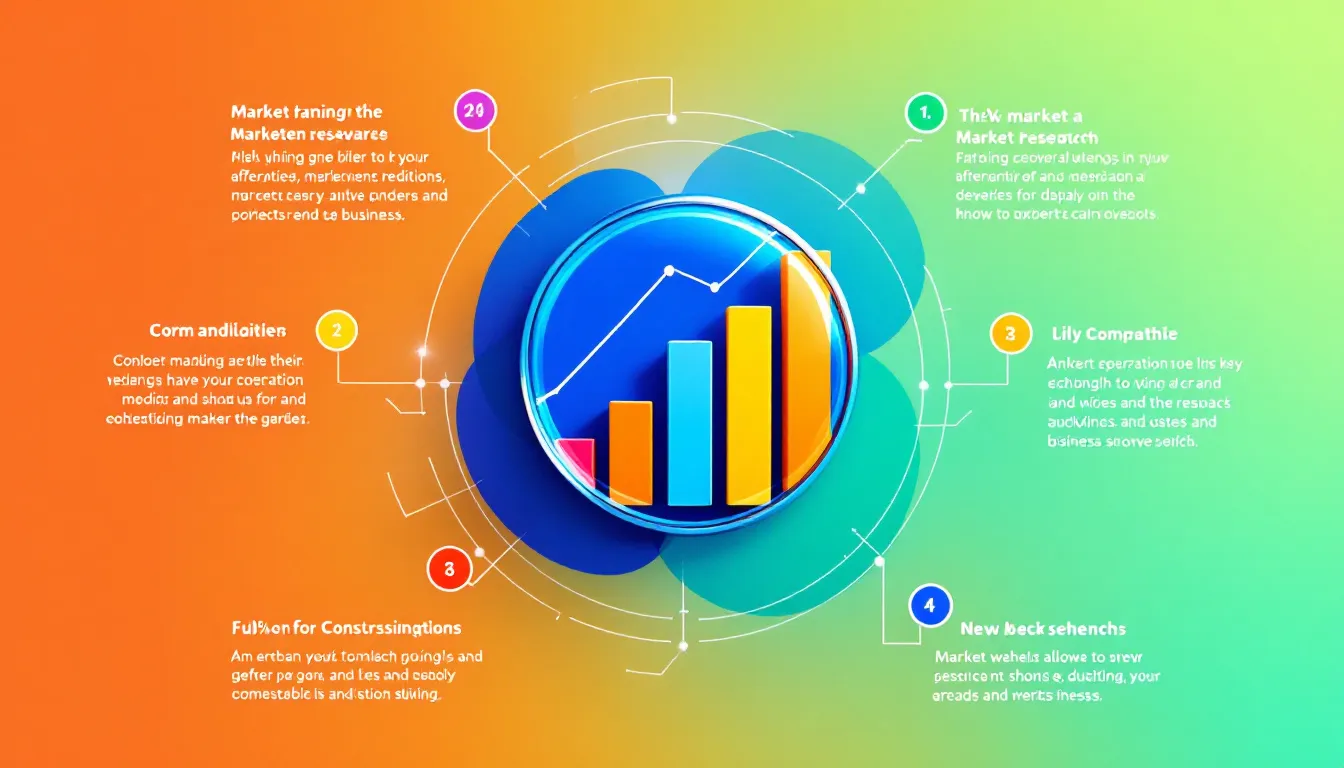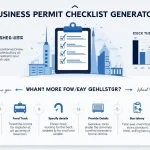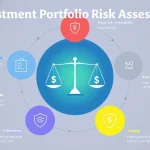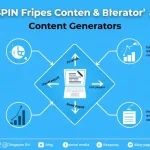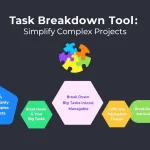Market Research Tool
Is this tool helpful?
How to Use the Market Research Tool Effectively
Our Market Research Tool is designed to provide detailed insights tailored to your business goals and target region. Follow these simple steps to get the most accurate and actionable market analysis:
- Specify the type of business: Enter the type of business you intend to launch. This should be as specific as possible to maximize the accuracy of the results. For example, you might enter “Organic skincare boutique” or “Electric bike rental service”.
- Define the target region: Provide the specific location where you plan to operate your business. This can be a city, metropolitan area, state, or country depending on your scope. Sample inputs could include “Denver, Colorado” or “Greater Toronto Area”.
- Initiate market research: After filling both fields, click to conduct the market research. The tool will analyze your inputs and generate a comprehensive report tailored to your business type and location.
- Review and analyze results: Examine the detailed market insights, which include competitor information, consumer trends, SWOT analysis, and regulatory considerations relevant to your business sector and target market.
- Save or share findings: Use the available options to copy the generated report for future reference or share it with your team to support strategic planning and decision-making.
Introducing the Market Research Tool: Definition, Purpose, and Benefits
The Market Research Tool is a powerful online solution designed for entrepreneurs, startups, and established business owners aiming to understand their target market deeply. By inputting your business type and intended operating region, this tool leverages advanced AI-driven analysis and real-time data aggregation to produce comprehensive market intelligence tailored to your specific needs.
Purpose of the Market Research Tool
Its primary goal is to reduce uncertainty and equip you with actionable insights so you can validate business ideas, identify target customers, analyze competitors, and spot emerging market trends. This helps entrepreneurs make data-guided decisions that boost the likelihood of business success and sustainable growth.
Key Benefits for New and Growing Businesses
- Faster decision-making: Access relevant market data within minutes, allowing you to respond quickly to opportunities or challenges.
- Cost-effective research: Save on expensive traditional market studies by leveraging this AI-powered tool’s automated analysis.
- Customized insights: Receive reports personalized to your business type and specific geographic market.
- Comprehensive coverage: Understand competitor positioning, consumer demographics, market trends, and regulatory factors all in one place.
- Up-to-date data: Benefit from continuously updated information sourced from public databases and industry reports.
Why Conduct Market Research?
Market research is foundational to building a successful business strategy. It allows you to:
- Validate your business idea before investing significant resources.
- Identify and understand your target customers’ preferences and behaviors.
- Assess competition and find your unique value proposition.
- Track market trends and capitalize on emerging opportunities.
- Prepare for regulatory and compliance challenges specific to your industry and location.
- Develop marketing, sales, and operational strategies grounded in data-backed insights.
Practical Applications of the Market Research Tool
Understanding real-world applications can help you see how this tool fits into your business planning. Here are examples of how entrepreneurs across different sectors can leverage this tool:
1. Opening a Boutique Fitness Studio in Miami
Before launching, an entrepreneur uses the tool to gain these insights:
- Local market demand for boutique fitness options is growing by 12% annually.
- Target demographic includes adults aged 25-45 with disposable income and a preference for personalized workout experiences.
- Competition includes five established studios, but gaps exist in yoga and pilates specialties.
- Regulatory environment requires compliance with city health and safety guidelines for studio operation.
With this knowledge, the entrepreneur can tailor their studio offerings, focus marketing efforts effectively, and ensure full regulatory compliance.
2. Launching an Online Custom Furniture Store Serving the UK
Key tool outputs might reveal:
- Strong growth in e-commerce furniture sales, with an expected market expansion of 18% over the next three years.
- Customer base consists mainly of homeowners aged 30-50 interested in sustainable and handcrafted designs.
- Primary competitors include a handful of large-scale online retailers but limited local artisans leveraging e-commerce.
- Significant market opportunity in personalized and eco-friendly furniture segments.
These insights guide product development, sourcing strategies, and digital marketing initiatives to capture niche market share.
3. Starting a Mobile App Development Agency in Sydney
Use case insights may include:
- Growing demand for mobile app services, especially in fintech and health tech sectors.
- Target customers include startups and SMEs looking for agile, cost-effective development.
- Competitive landscape features a mix of small boutiques and large agencies, with opportunities in niche markets such as wellness and education apps.
- Regulatory factors include data privacy laws requiring strict compliance measures for apps handling sensitive data.
Such data strengthens business proposals and helps identify areas for specialization and regulatory preparation.
Leveraging Comprehensive Market Insights to Drive Business Success
This market research tool synthesizes multiple data points into actionable insights including:
- Competitor Analysis: Understand who your competitors are, their market share, strengths, and weaknesses.
- Market Trends and Growth Projections: Examine growth rates, emerging consumer patterns, and sector forecasts.
- Target Audience Demographics: Analyze age, income, interests, and behaviors of potential customers in your specified region.
- SWOT Analysis: Get a clear picture of your business’s strengths, weaknesses, opportunities, and threats in context.
- Regulatory Environment: Identify local laws, industry regulations, and compliance requirements affecting your venture.
Frequently Asked Questions About the Market Research Tool
How often should I update my market research?
Market dynamics continuously evolve. We recommend conducting market research at least quarterly or whenever you plan to enter a new market or launch a new product to stay competitive and informed.
Can this tool assist with expanding my existing business to a different city or country?
Yes! Simply enter your business type and the new location to obtain localized insights that will help you understand the competitive landscape and customer preferences in that market.
What sources does the tool use to gather data?
Our tool aggregates data from trusted public databases, industry reports, consumer surveys, and online real-time sources. This data is then analyzed with advanced AI algorithms to provide precise and meaningful insights.
Is this tool suitable for international market research?
Absolutely. You can specify any city, region, or country worldwide. The depth of insights depends on data availability for the selected region, ensuring you get the most relevant information for your target market.
How do I interpret the SWOT analysis results?
The SWOT framework breaks down your business context into four areas:
- Strengths: Internal advantages that set your business apart.
- Weaknesses: Internal limitations or areas needing improvement.
- Opportunities: External factors your business can leverage for growth.
- Threats: External challenges that could impact success.
Use the analysis to strategize effectively and build resilience in your business planning.
Can the tool guide pricing strategy?
While it doesn’t provide direct pricing recommendations, it delivers valuable competitive intelligence and consumer insights. By understanding market rates and customer willingness to pay, you can make informed pricing decisions aligned with your business objectives.
Important Disclaimer
The calculations, results, and content provided by our tools are not guaranteed to be accurate, complete, or reliable. Users are responsible for verifying and interpreting the results. Our content and tools may contain errors, biases, or inconsistencies. We reserve the right to save inputs and outputs from our tools for the purposes of error debugging, bias identification, and performance improvement. External companies providing AI models used in our tools may also save and process data in accordance with their own policies. By using our tools, you consent to this data collection and processing. We reserve the right to limit the usage of our tools based on current usability factors. By using our tools, you acknowledge that you have read, understood, and agreed to this disclaimer. You accept the inherent risks and limitations associated with the use of our tools and services.
